Rising mist over riverside cottages, the crunch of beech leaves underfoot and a row of independent shopfronts are making Castle Combe the season’s quiet obsession. The Cotswold village, home to just 356 people, is seeing a fresh rush of interest as short breaks tighten and travellers chase colour, calm and character.
Why this Cotswold gem surges in autumn
Castle Combe looks cinematic when the trees turn. The By Brook slides past a 17th-century bridge. Lanes narrow, curve and reveal gabled cottages that feel paused in time. For many visitors, autumn light does the heavy lifting: it softens stone, sharpens rooflines and turns hedgerows into copper. Add smoke from pub fires and you have a weekend that sells itself.
Best window: late September to early November, when beech and sycamore canopy the lane and the By Brook runs clear.
This is not a museum. The village supports a modest market and a small cluster of shops selling locally made jewellery, carved wood and handmade soaps. Pubs pull pints for walkers and day-trippers. Cafés trade in cinnamon buns and strong coffee as the first coach parties arrive.
Where it sits on the map
The village lies in north Wiltshire, inside the southern fringe of the Cotswolds. It sits around 10 miles north-east of Bath and roughly five miles north-west of Chippenham. The location suits weekenders who want a rural base with city culture close by.
Population: 356 residents. Expect more visitors than villagers on bright Saturdays.
Independent shops that keep money local
Small traders give the village its heartbeat. A modest market day brings stalls with hand-turned bowls, delicate silver pendants and soaps scented with lavender from nearby fields. You won’t find chains on the main street. Most shops open later on crisp mornings and close soon after dusk, so timing matters.
Pubs and cafés where the fires are lit
Several traditional inns sit within a short stroll, perfect after a riverside walk:
- The Castle Inn – low beams, hearty plates, seasonal ales.
- The White Hart – a village staple with a snug and decent roasts.
- The Salutation Inn – a relaxed stop for walkers between lanes.
- The Old Stables – good for coffee and a quick, warm bite.
Menus change with the weather. Expect game pies, soups thick with root veg and local cheeses as evenings cool.
How to get there without stress
Drivers use the pay-and-display car park above the village. The descent is steep but short, and the view improves with every step down. Mobility issues may require a drop-off closer to the centre during quieter times.
| From | Approx. time | How |
|---|---|---|
| London Paddington | ≈ 1h10 to Chippenham, then 15–20 min | Train to Chippenham, taxi for the last stretch |
| Bath | ≈ 30–40 min | Drive via country lanes |
| M4 J17 | ≈ 20 min | Fastest motorway route before lanes |
Tip: arrive before 10am on sunny weekends or late afternoon for calmer lanes and softer light.
What to do with two hours versus a full day
Two-hour hit list
- Walk from the car park down to the bridge for that postcard view.
- Browse the market stalls for jewellery, wood carvings and soap.
- Warm up by a pub fire with a bowl of soup and local ale.
Full-day plan
- Follow the By Brook footpath upstream and loop back through woodland.
- Stop in Bath or Chippenham for museums and galleries after lunch.
- Time an afternoon wander for golden hour photos as the stone glows.
Crowds, respect and the village rhythm
Residents keep this place tidy. Simple steps help visitors fit in. Stick to paths, keep noise down near cottages, and photograph with care. Bins sit at the car park. The main lane is narrow and bends blind; drivers need patience on weekends. Dogs should stay on leads around livestock and the brook.
Car park sits above the village. The walk back is uphill and can feel longer in the dark—bring a torch.
Why the streets look so familiar
Producers love Castle Combe. Period dramas return to these lanes because cables vanish easily, signs can be tucked away and the stone reads beautifully on camera. That screen-friendly look draws day-trippers who want to stand on the bridge and recognise a frame. The village hasn’t frozen itself; it has simply kept what works.
Local economy and seasonality
Autumn trade matters. A steady flow of day visitors supports shopkeepers and pub teams before the deep winter lull. Independent businesses rely on modest, regular custom rather than big-ticket spending. A coffee, a bar of soap or a book from a stall can keep tills ticking.
The shoulder months also reduce pressure on lanes and services. Weekdays feel calmer, and queues shrink. If you can travel midweek, you’ll help smooth demand while enjoying quieter paths.
Accessibility, safety and small print worth knowing
- Terrain: uneven in places, with cobbles and shallow steps near the bridge.
- Footwear: boots with grip; leaves can hide slick patches after rain.
- Light: short days arrive fast; plan routes to finish before dusk.
- Facilities: public toilets usually sit near the car park rather than the bridge.
- Phone signal: patchy in dips; download maps before setting off.
If you want more than a postcard
Build a weekend around the village. Combine a morning in Castle Combe with Bath’s Roman sites and Georgian crescents. If engines appeal, the Castle Combe Circuit hosts events a short drive away, though its bustle contrasts with the village hush. Walkers can set a circular route along the brook and back through beech woods for about two to three hours at a gentle pace.
Photographers chase fog over the brook just after dawn in October. Couples book weekday stays for quieter inns and better room rates. Families bring scooters for the car park paths and swap to boots for the muddy bits near the water. If the heavens open, the pubs fill quickly; carry a compact brolly and a dry bag for your camera.
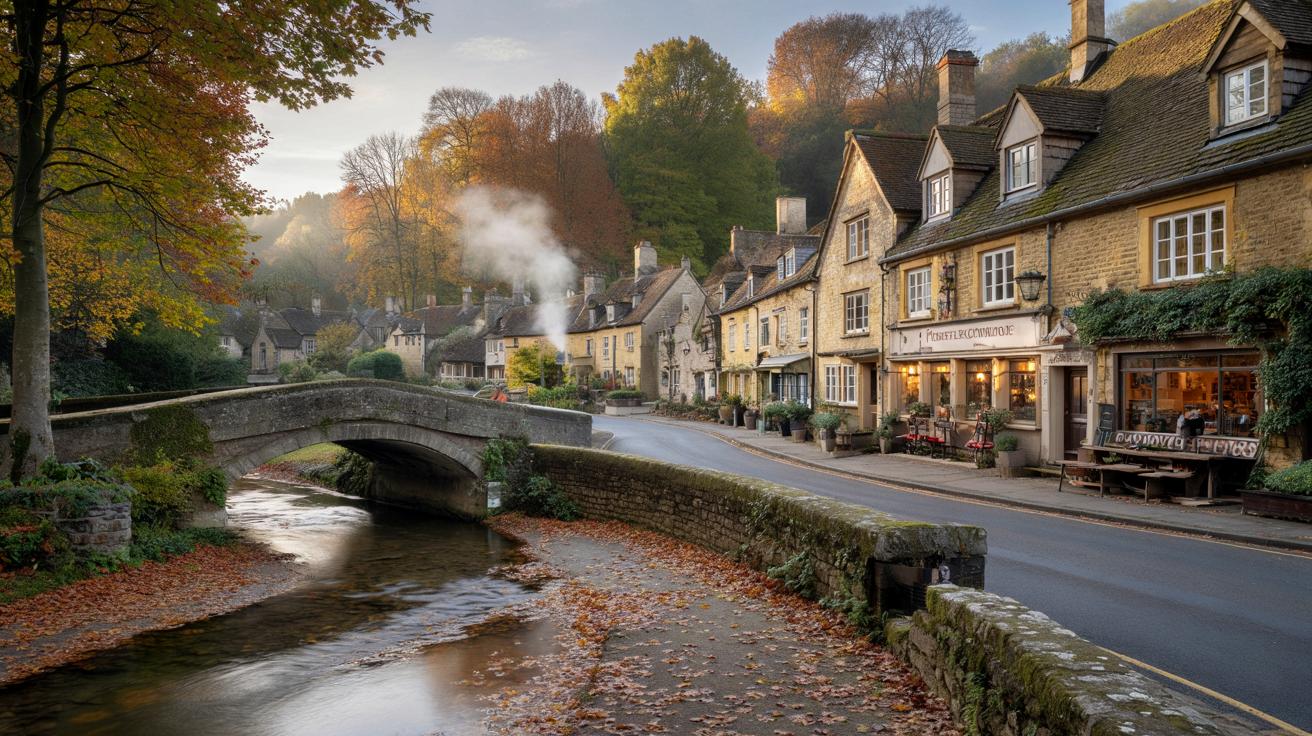
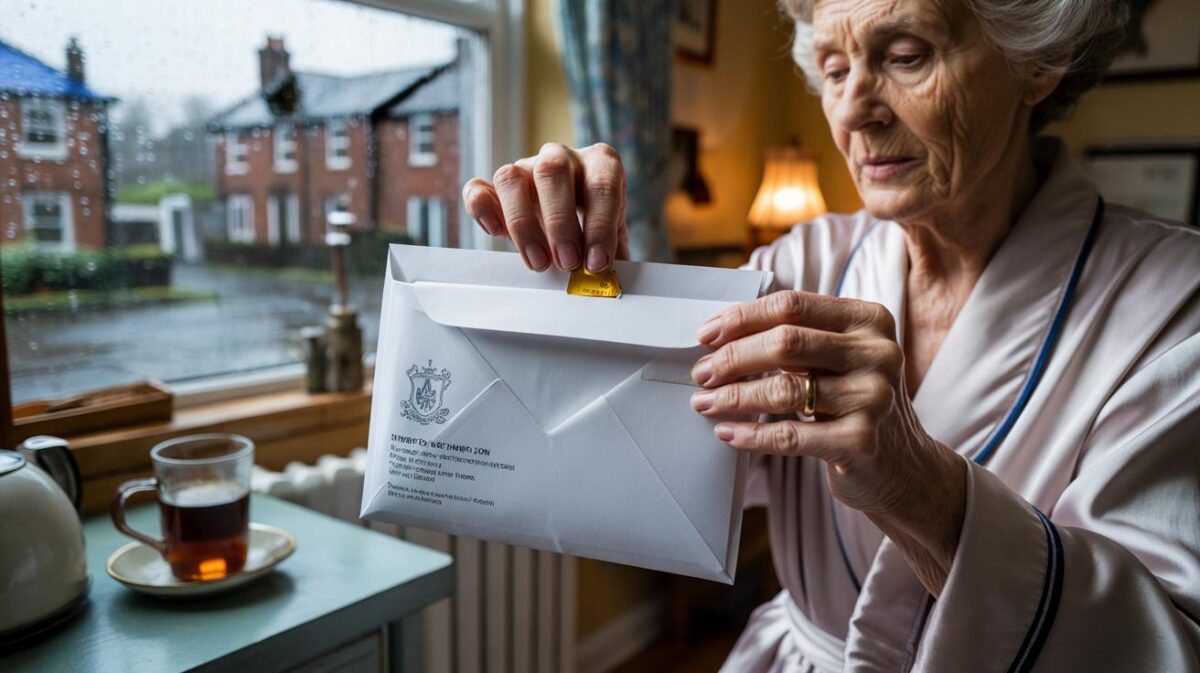
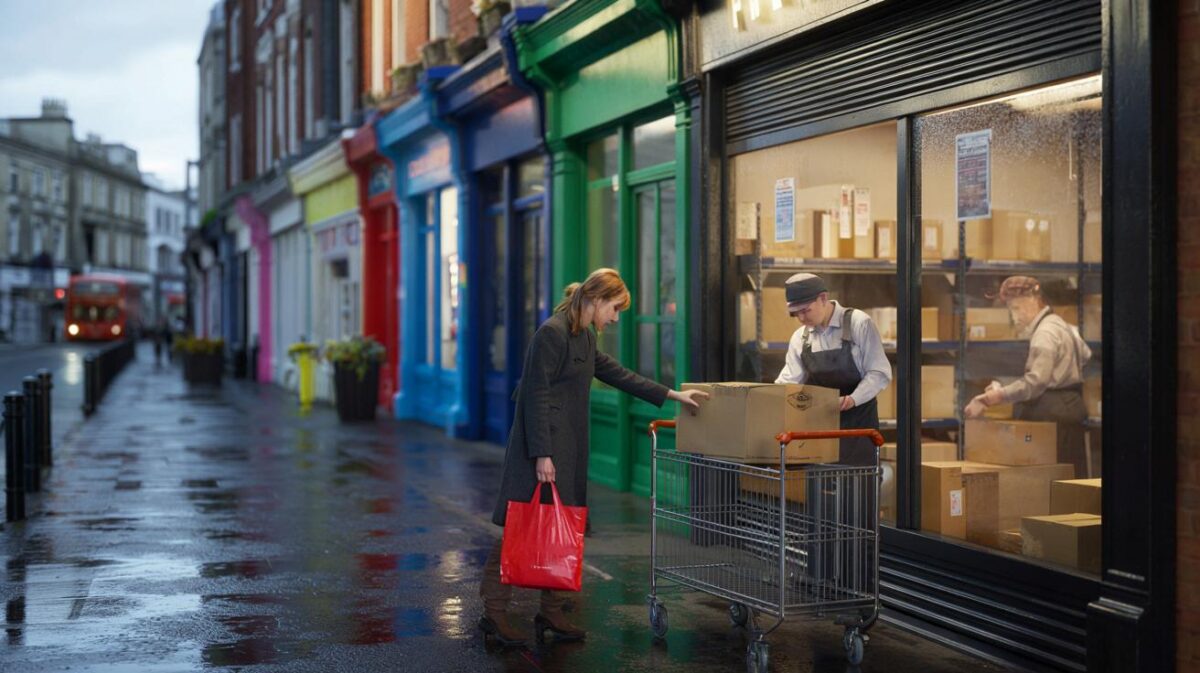
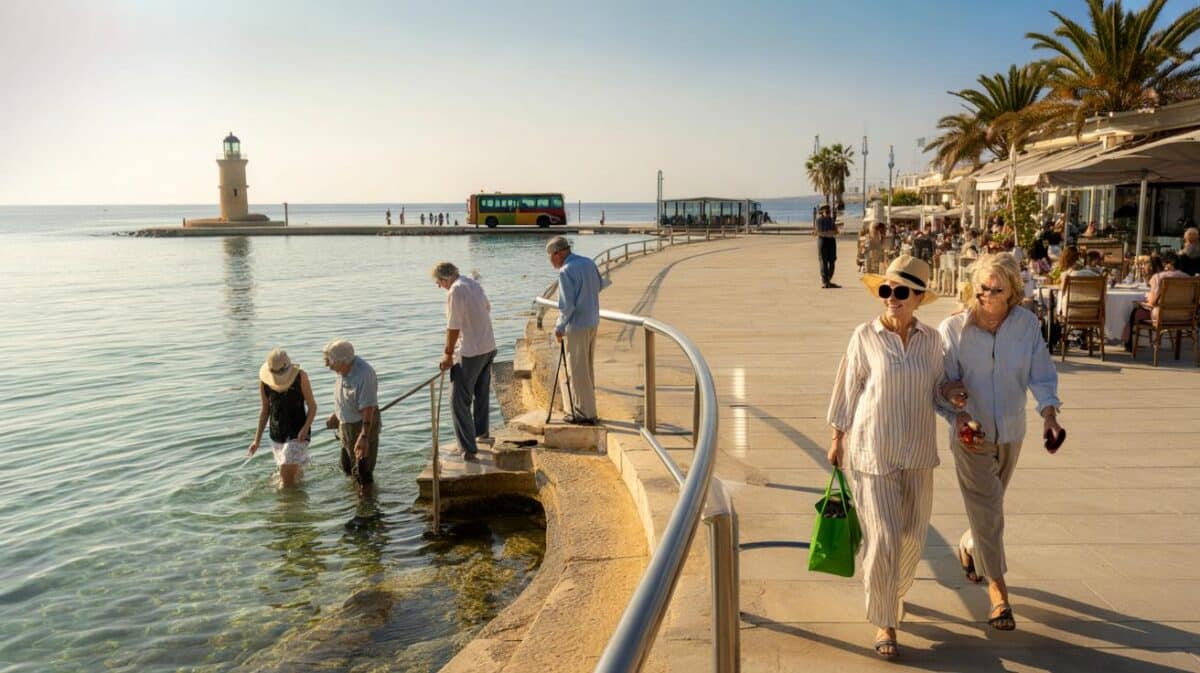
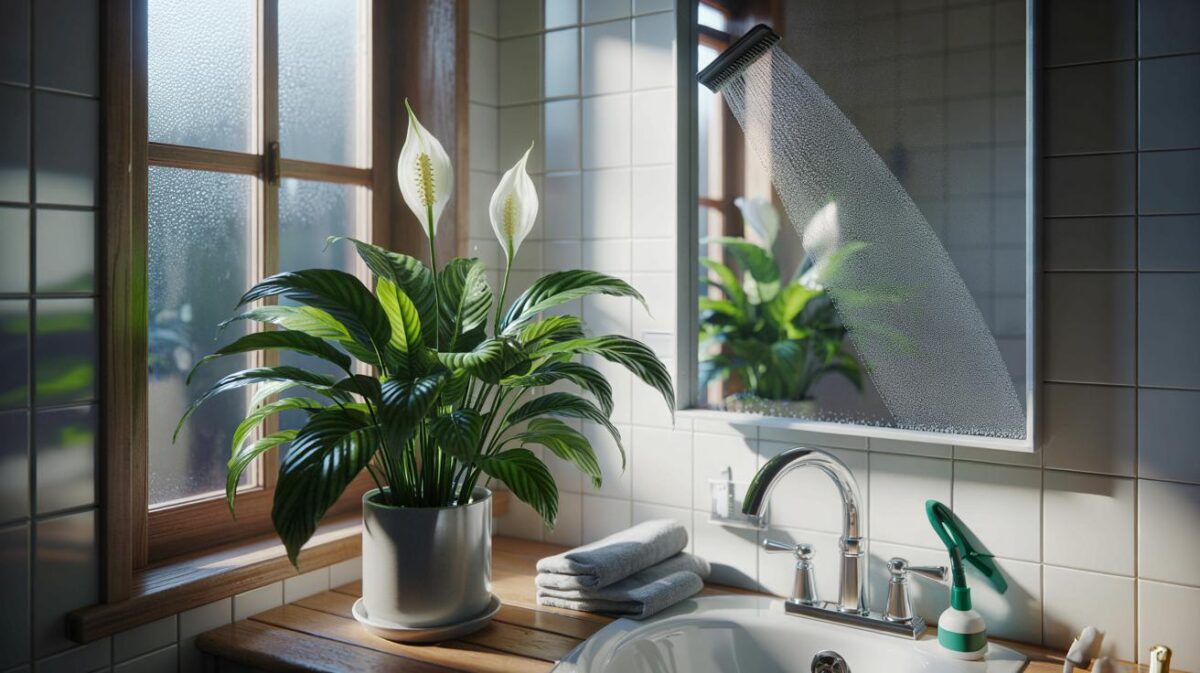
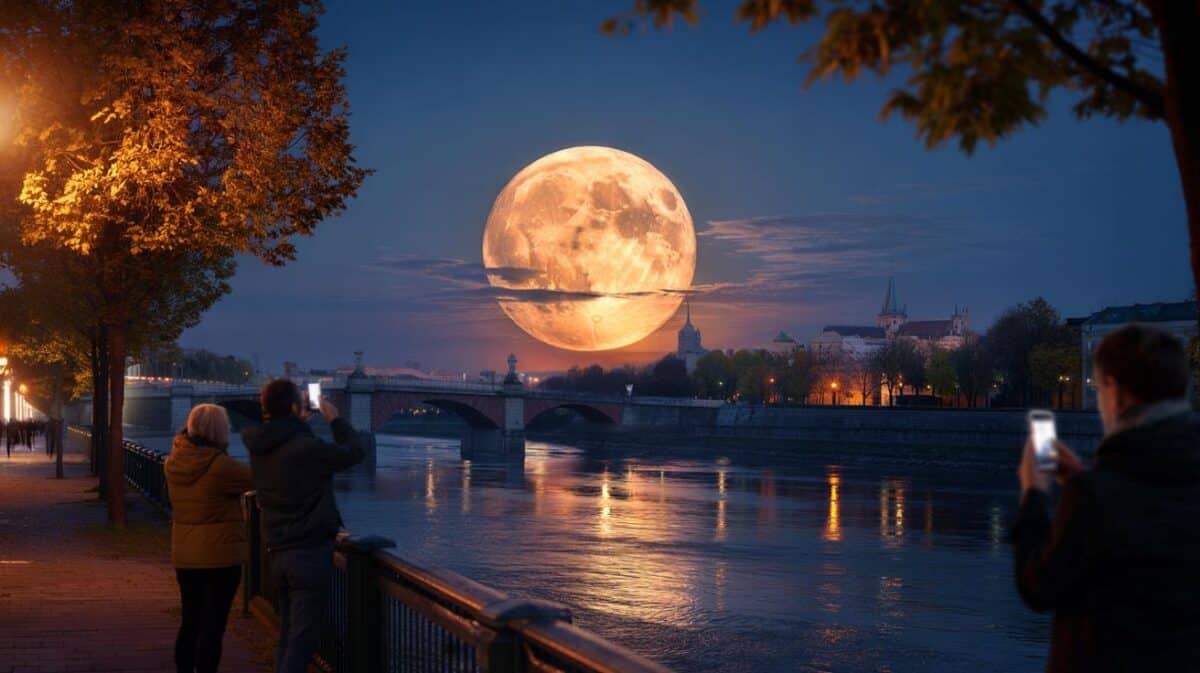
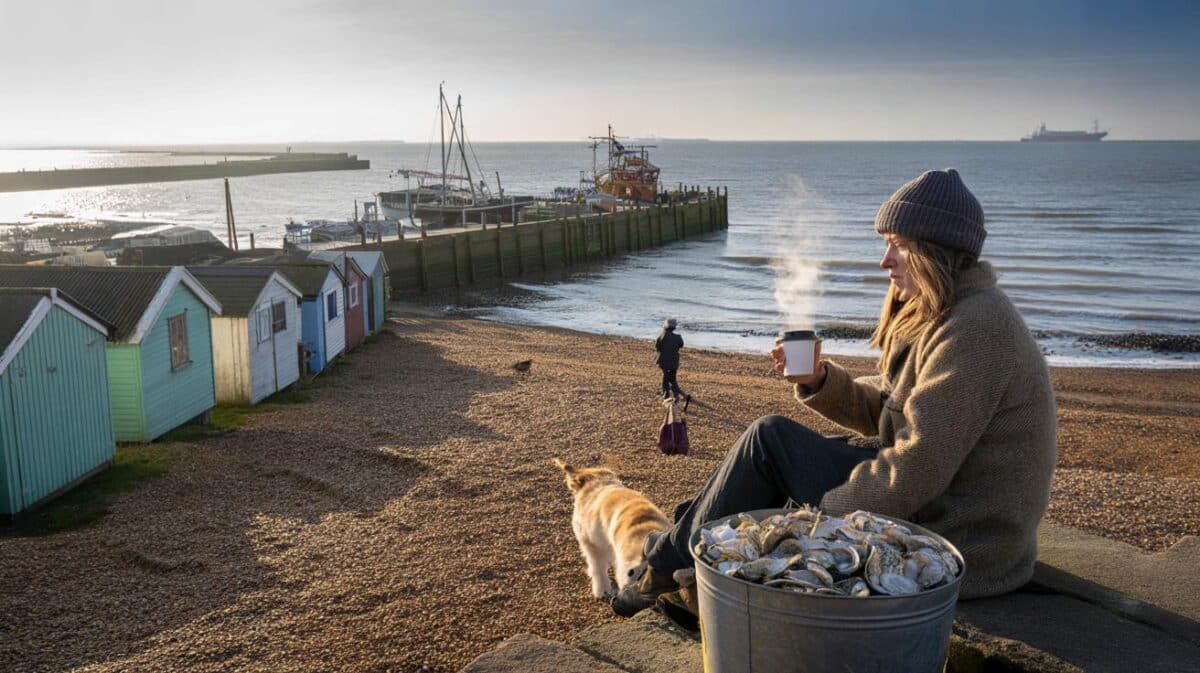

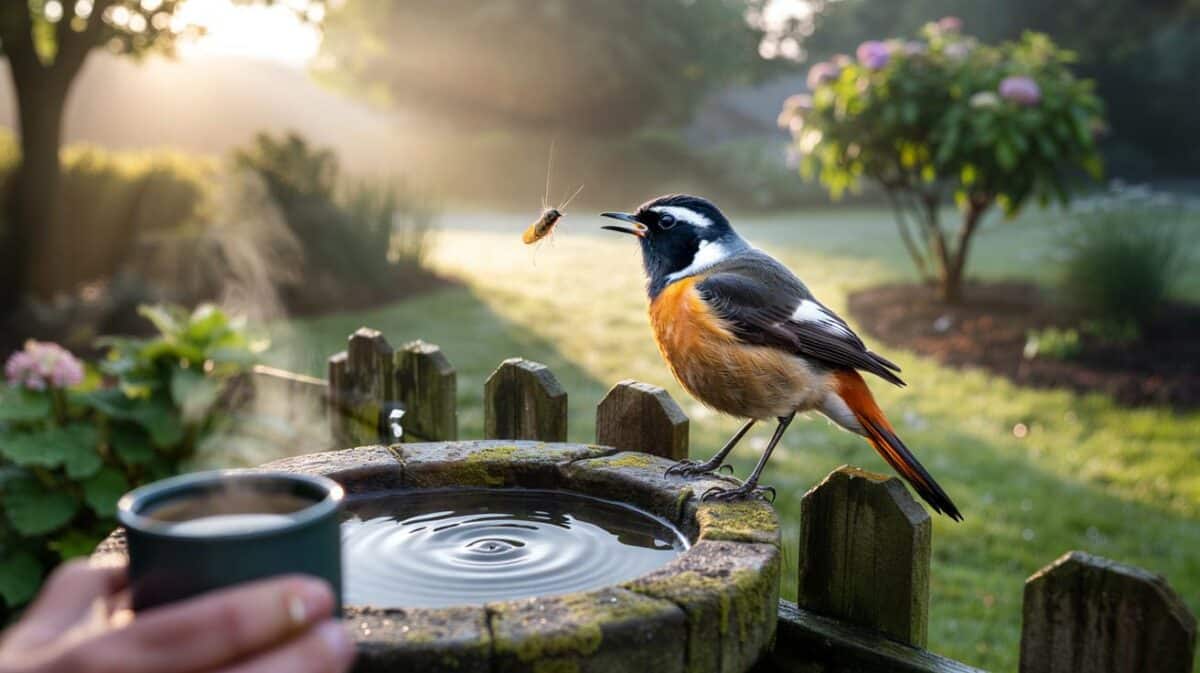
This reads like autumn catnip. Mist, copper hedgerows and that bridge view — sold. I’ll aim for late October, bring boots with grip, browse the stalls for lavender soap, then thaw out by a fire with a game pie. Midweek feels wiser if Saturdays are mostly visitors, right?
Genuine question: how do 356 locals cope with the influx? The pay-and-display car park + steep descent sounds manageable, but are lanes gridlocked on sunny days? I’m keen, just wary of turning a village into a backdrop. Any guidance on respectful photographing beyond “with care” would help.